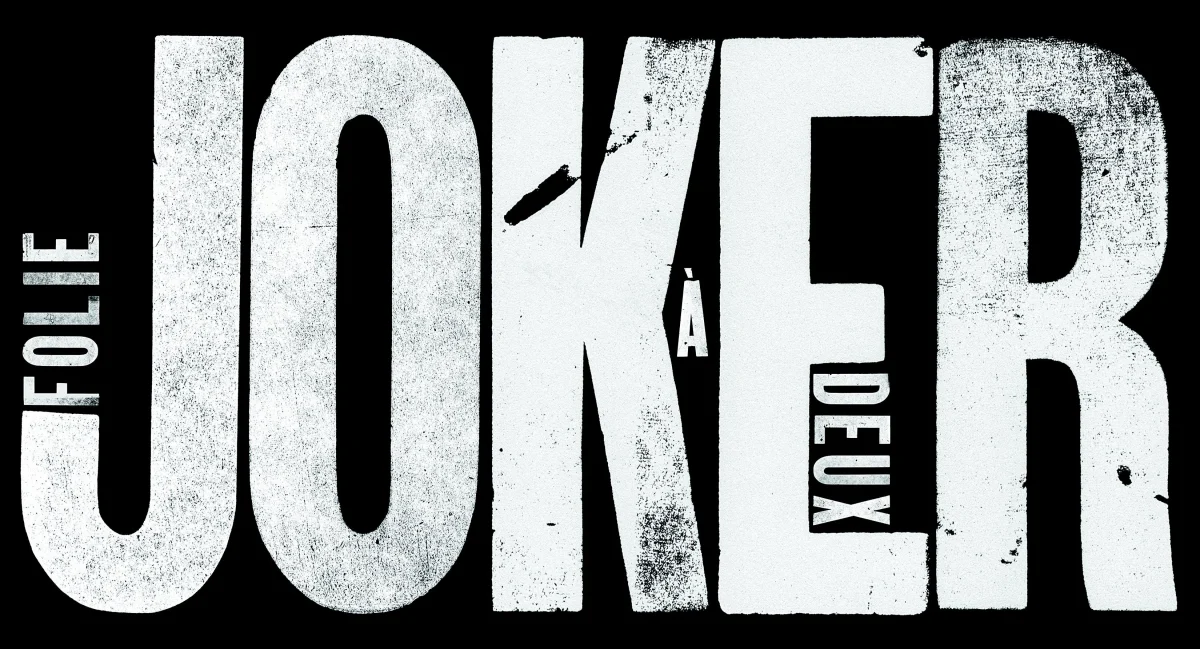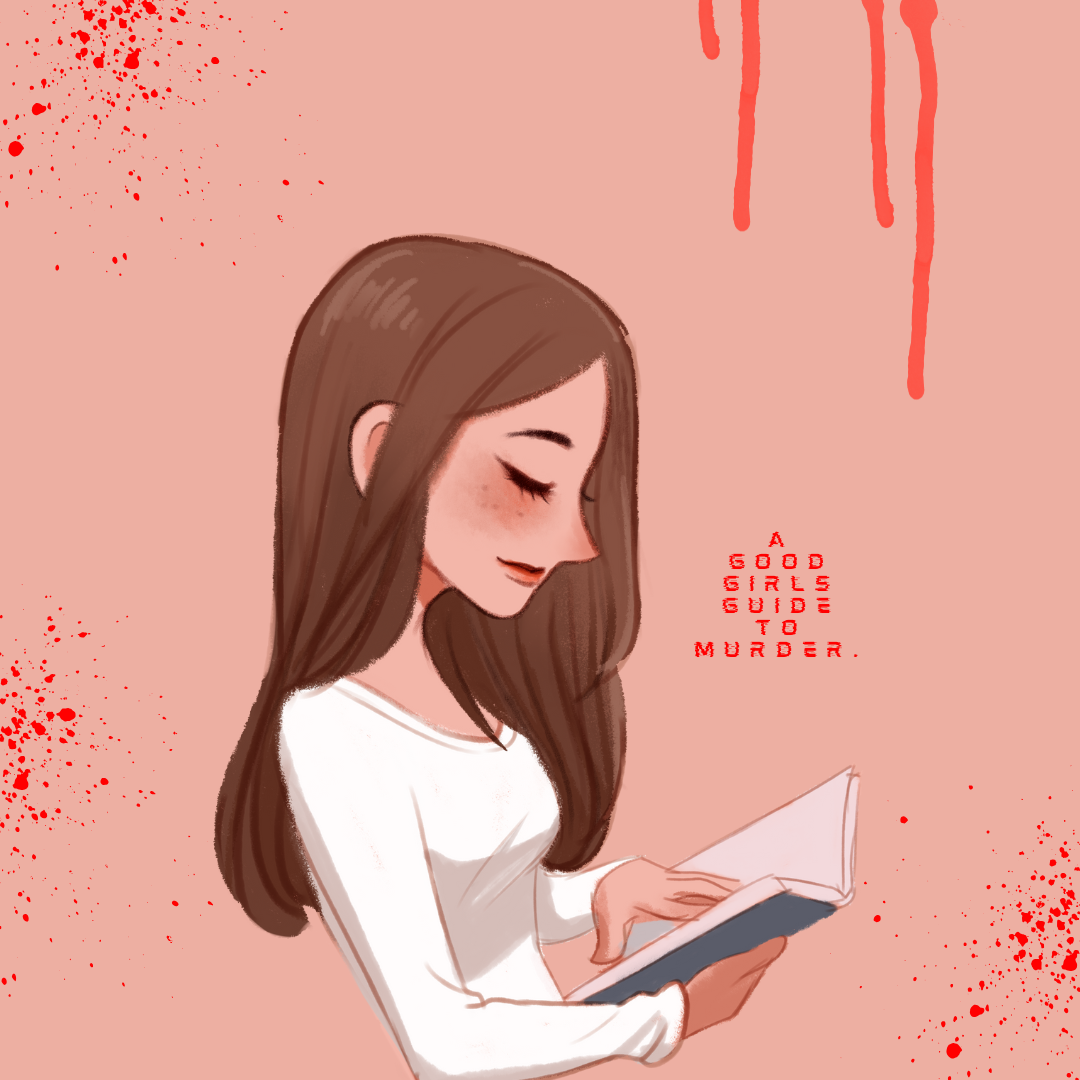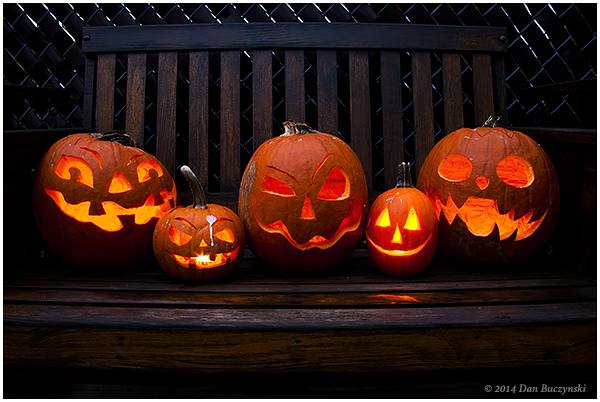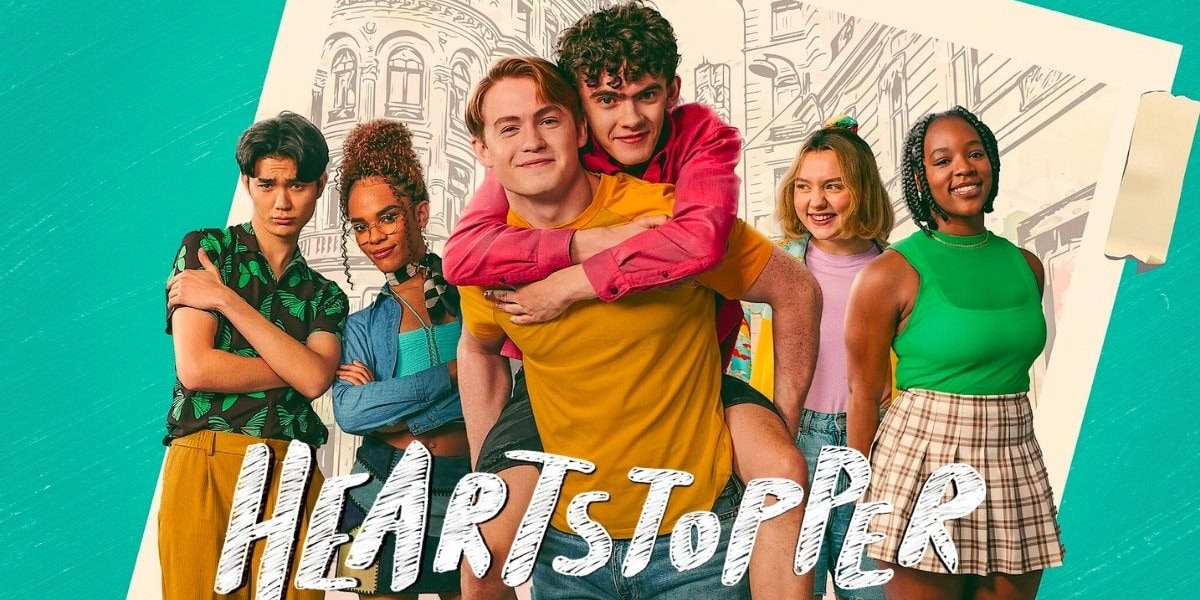
By GRACE LIU
Staff Writer
Every year brings a new cycle of holiday movies, ranging from A Christmas Carol to The Grinch. Though they portray vastly different events and styles, and have definitely advanced in cinematography and other editing techniques, they all share a common theme of spending time with family, friends, and other loved ones.
For example, A Christmas Carol is the 1938 adaptation of Charles Dickens’ 1843 novel. In black and white, the movie brings an old-timey feel, and portrays the classic holiday movie theme of being generous and kind, especially toward friends and family. The film begins with Ebenezer Scrooge as a miser, a generally bad person. After he is visited by three ghosts – the Ghost of Christmas Past, the Ghost of Christmas Present, and the Ghost of Christmas Yet to Come – he sees the wrongs in his actions, changes his ways, and becomes generous and caring. I chose this movie because A Christmas Carol is not only a timeless Christmas classic, but also because of its important message that wealth does not mean happiness.
The 1946 film It’s a Wonderful Life, based on Philip Van Doren Stern’s The Greatest Gift, is another favorite Christmas classic. Also in black and white, it holds a similar nostalgic feel as A Christmas Carol, but begins on a darker note, with the main character contemplating suicide. He is then sent through a series of flashbacks of his life, of how he positively affected the lives of those around him and how different their lives would have been without him, and concludes with a moving note of togetherness between friends, family, and the greater community. I chose this movie because it is a classic holiday movie and because of its vital lesson: that every person has value, and sometimes the smallest things are what give life its wonder.
However, the 1990 film Home Alone, a comedy film, marks a shift in holiday films. The film, in color, features a young boy, Kevin McCallister, who was left home alone when his family departs for Paris, forgetting to bring him along. After a series of attempts to reunite, and Kevin’s own antics when he is left alone, the family is reunited on Christmas Day, staying faithful to the theme of being together as a family despite its different genre. I chose this film because it expresses the same theme as before, but through more comedic methods. It also depicts a touching story of familial love and holiday magic, while at the same time highlighting some of the negative parts of humanity, like selfishness and arrogance, through its various villains.
Later on, the 2004 film The Polar Express, based on Chris Van Allsburg’s 1985 children’s book, is a 3D computer animated film featuring CGI-model human characters, marking a shift in the visual quality of films. The movie itself is animated using live action motion capture animation, rather than the traditional animation of drawings, and the characters are 3D and are modeled after real humans. The main character finds himself on the train, the Polar Express, bound for the North Pole, where he meets Santa, and receives a bell that can only be heard by those that believe in Santa. Unlike the previous movies mentioned, this film focuses less on the relationship between people during the holiday season, and more on the magic of Christmas itself, making it a classic among younger and older generations alike. I chose this film because it expresses a slightly different theme and through a unique medium of 3D computer animation.
Finally, the 2018 film The Grinch, based on Dr. Seuss’ 1957 book How the Grinch Stole Christmas, is also a 3D computer animated film and is the third film adaptation of Dr. Seuss’ book. The film follows the famous story of the Grinch as he plots to ruin Whoville’s Christmas because he hates Christmas. However, the film ends with him sharing a meal with a friend, further cementing the feelings of togetherness and love present in the holiday season. I chose this film because it is a modern remake of a beloved Christmas story, in which joy and openness triumph over bitterness.
This is only a fraction of the multitudes of Christmas and holiday films that have been produced. However, there is a reason that all these holiday movies have survived the test of time and are still loved today, being their focus on the magic of the holidays that strengthens our relationships with our loved ones. They put aside the struggles we may have with those close to us in our daily lives to celebrate what matters most: love and generosity. Although these movies have developed and advanced significantly in the visual aspect, they still remain true to their roots in family, friends, and the magic of the holiday season.
Categories:
Evolution of Holiday Movies
December 21, 2018

0
Tags:
Donate to Sword & Shield
$180
$1000
Contributed
Our Goal
Your donation will support the student journalists of University High School. Your contribution will allow us to purchase equipment and cover our annual website hosting costs.
More to Discover













